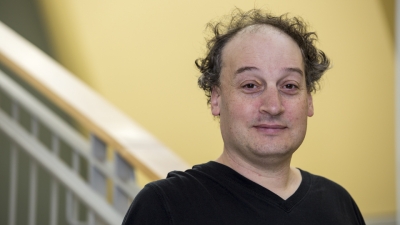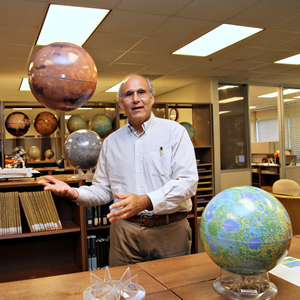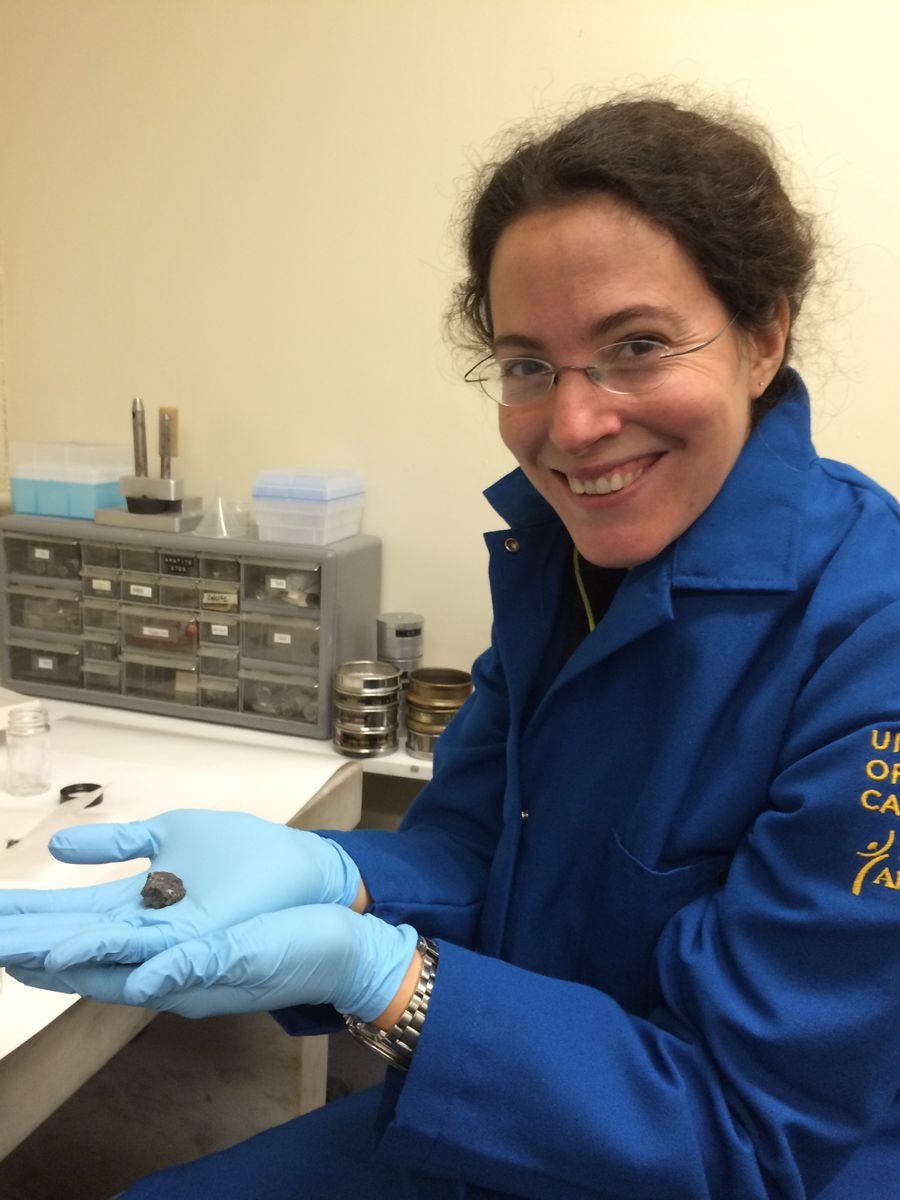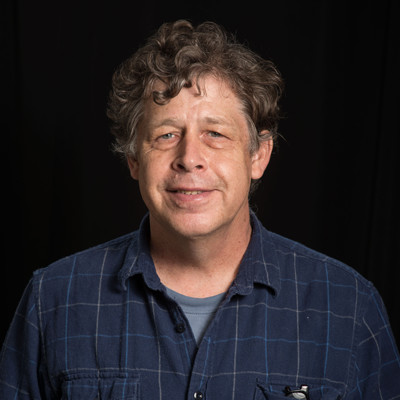Gallery Events
Nov
212021 |
Dr. Thomas Burbine; Mount Holyoke CollegeThe Golden Age of Asteroid ObservationsLocation: https://ucla.zoom.us/meeting/register/tJEqduyupj0vGd3S0_52FsbHTbPjYr0sZQUj It has been thirty years since the first up close image of an asteroid was taken by the Galileo spacecraft. This encounter has heralded a golden age of asteroid observations from space and the Earth. Asteroids can now be studied as geologic bodies. Geophysical and geochemical observations can also be done. Dr. Burbine will present discoveries from missions such as NEAR-Shoemaker, NEOWISE, Dawn, and Hayabusa plus ground-based observations taken at the NASA Infrared Telescope Facility (IRTF) or as part of the Sloan Digital Sky Survey (SDSS). He will also discuss current (OSIRIS-REx, Hayabusa2) and upcoming (e.g., Psyche, Lucy) missions to asteroids. He will end the talk with predictions for the future. 
|
Oct
172021 |
Dr. Allan Treiman; Lunar and Planetary InstituteBetter than Superman! X-ray and Neutron Vision* Through Meteorites and Other Planetary Materials (* Tomography, that is)Location: https://ucla.zoom.us/meeting/register/tJEqduyupj0vGd3S0_52FsbHTbPjYr0sZQUj Tomography, reconstruction of the interior of an object from multiple views of penetrating radiation, is an essential technique in medical science and is becoming familiar to planetary sample science. Tomography by X-rays is used routinely now to map the interiors of lunar samples, such as the newly opened Apollo core samples in the ANGSA project. Neutron tomography provides a complementary view inside samples, because neutrons are absorbed and scattered differently from X-rays. For example, neutrons penetrate lead metal with hardly a touch, but are blocked by hydrogen in any form. This allows neutron tomography to probe the locations and structures of water-bearing phases in planetary materials, and so help understand the distribution and effects of water in the solar system. 
|
Sep
192021 |
Dr. Melanie Barboni; Arizona State UniversityDiscovering Lost Lunar Magmas Using Apollo ZirconsLocation: https://ucla.zoom.us/meeting/register/tJEqduyupj0vGd3S0_52FsbHTbPjYr0sZQUj An accessible record of the processes leading to the origin and early evolution of the Earth-Moon system, and thus of the formation of the rocky planets of the inner solar system, is best preserved in those precious rocks brought back from the surface of the Moon half a century ago. Indeed, Lunar magmatic rocks not only recorded critical information about planetary differentiation, they also recorded the tempo of meteorite impacts in the early inner solar system. Lunar zircons found within Apollo samples record over 500 Ma (from 4.4 to 3.9 Ga) of the Moon's magmatic history and are thought to have crystallized during one of the two situations described above (primary differentiation of the Moon or in later impact events). However, identifying which zircon derives from the crystallization of the Lunar Magma Ocean, and which crystallized in subsequent impact melts is not straight forward. This is because most lunar rocks record a mixture of these primary and secondary processes, preserving chemical signatures inherited from early magmatism and potentially overprinted by secondary impact heating. In this talk, I will present old and new geochemical tools applied to Lunar zircons that, used together, have the potential to decipher the complex magmatic history of the Moon and re-discover lunar magmas that got lost along the tumultuous history of our shiny neighbor. 
|
Aug
272021 |
EXPERIENCING TECHNICAL DIFFICULTIESMeteorites: A Cultural and Curatorial PerspectiveLocation: Dr. Nick Gessler, Duke University “LOOKE Vp and fee VVonders!” That admonition resonates more resoundingly today than it did on April 9, 1628, when, “this miraculous, prodigious, and fearefull handy-worke of God was prefented, to the aftonifhable amazement of all beholders… In an instant was heard, firft a hideous rumbling in the Ayre… and ftrange and fearful peale of Thunder… this thunder caried akind of Maiefticall ftate with it, for it maintaiyned the fashion of a fought Battaile… Firft, for an on-fet, went on one great Cannon as it were of thunder alone…then a little whileafter, was heard a fecund, and fo by degrees a third, vntill the number of 20… In fome little diftance of time after this, was audibly heard the found of a Drum beating a Retreate... this begat a wonderful admiration, that at the end of the report of euery cracke, or Cannon-thundering, a hizzing Noyfe made way through the Ayre, not vnlike the flying of Bullets from the mouthes of great Ordnance… They were Thunderbolts… one of them was feene by many people… (which) Miftris Greene, caufed to be digged out of the ground.”Whether witnessed in Chelyabinsk, Russia, on February 15, 2013, discovered on the Antarctic Ice or California deserts, the experience and awe of discovery and exploration is familiar to those investigating meteorites with reactors, mass spectrometers, microprobes, microscopes or loupes, to curators of museums and their visitors, conference organizers, speakers and their audiences, to bolide chasers, hunters, collectors, dealers and all those with the curiosity to ask, “what does this mean?” Thousands are looking now. This is the cultural and curatorial perspective I hope to briefly survey. It is an homage to those who pursue the unexpected and are surprised. |
Jul
182021 |
Dr. Michael Zolensky; NASA Johnson Space CenterAnalysis of Fluid Inclusions in Astromaterials: Why, Where, and HowLocation: https://ucla.zoom.us/meeting/register/tJEqduyupj0vGd3S0_52FsbHTbPjYr0sZQUj Aqueous fluid inclusions in meteorites and other astromaterials can provide fundamental information related to the location and timing of aqueous alteration in the solar system, and the detailed nature of the aqueous fluids themselves. Microanalytical techniques are finally at the level where such studies are possible. I will describe where we are now with this research and where we are going. 
|